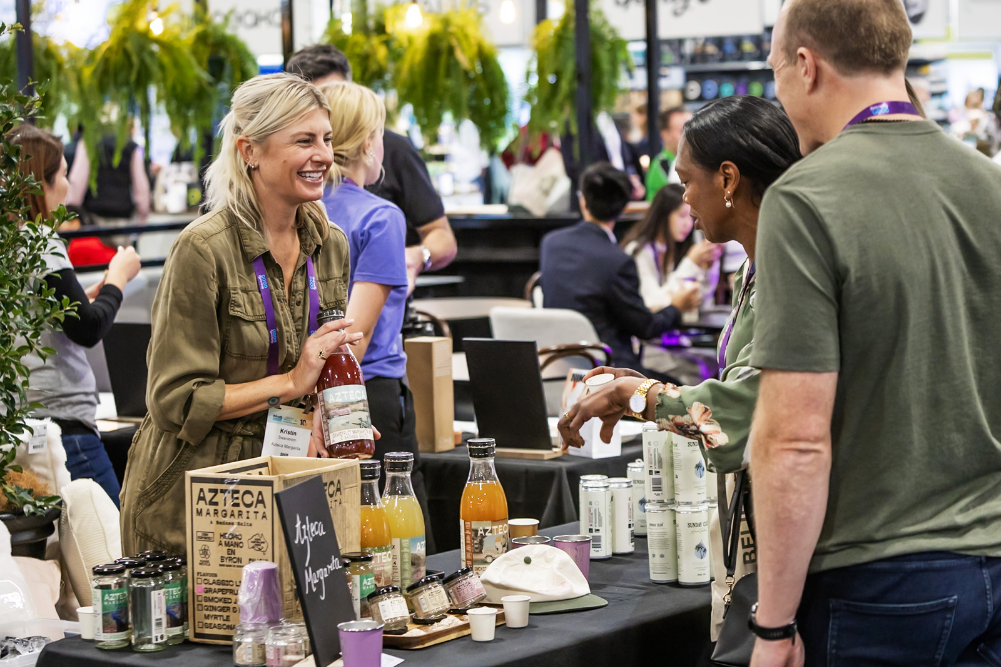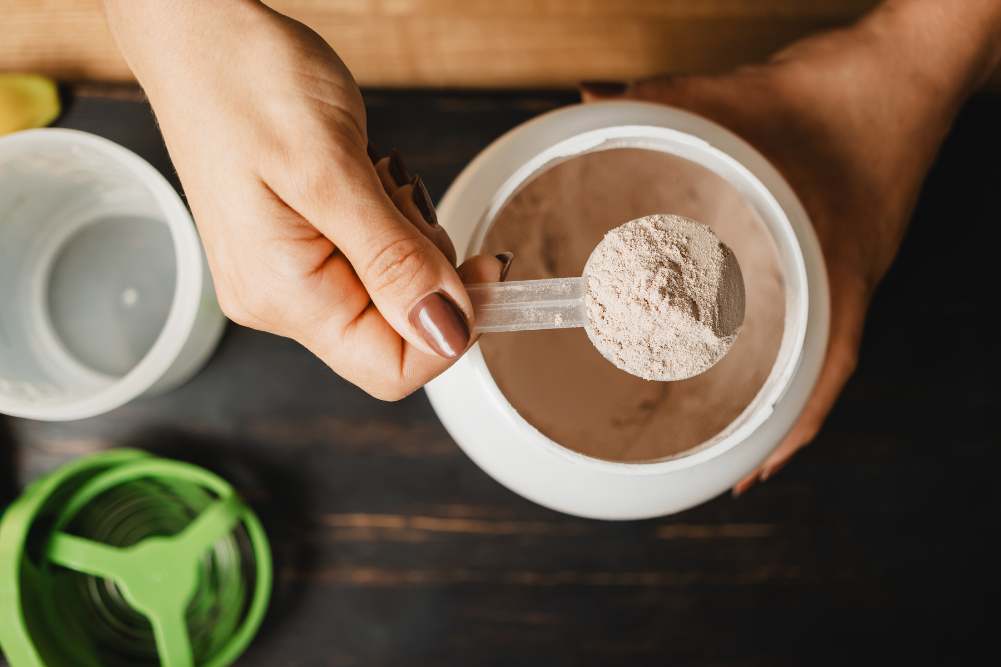A heavy metal problem
Diana was an attractive young child with large blue eyes and deep copper curls. However, her skin colour was sallow, lacking the healthy glow of normal childhood. There were black shadows under her eyes and she clung to her mother, viewing my friendly advances with suspicion and anxiety.
Diana was given a weekly herbal bath with the addition of a little Celtic sea salt. Herbs included nettle leaves, red clover blossoms, rosemary sprigs, horsetail and milk thistle.
According to Diana’s mother, her daughter used to be a happy, gregarious youngster. Over recent months, however, there had been a gradual change in her demeanour. Instead of looking forward to playing with her friends, Diana tended to mope inside, showed increasing antisocial behaviour, and had even exploded into outbursts of anger and irritability when visiting cousins had attempted to draw her into their games.
“She seems to be going through some kind of personality change,” her worried mother told me. “I’ve also noticed that her growth seems to have slowed. She was always slightly taller than most friends of a similar age. Now, however, she doesn’t seem to be making much progress on her height chart.”
Diana’s nail beds were as pale as her facial tone. The young girl had often complained of tummy pains and constipation over recent months and her appetite was not what it had once been.
Though a bright little lass, she was occasionally confused in her behaviour and alternated between bouts of extreme lethargy, disinterest in her surroundings and hyperactive mood swings.
She had recently begun to wet her bed at night and complained to her mother that her legs, particularly the thighs, were painful.
By the time Diana’s mother had given me a remarkably detailed history of her daughter’s complaints, I was beginning to feel almost certain regarding the likely diagnosis. However, facts are preferable to suspicions and I therefore arranged some supportive tests.
A lead balloon
Results showed that Diana was borderline anaemic as well as zinc deficient. The child also demonstrated low levels of thiamine and niacin, chromium, calcium, copper, selenium and sulphur.
The young girl had often complained of tummy pains and constipation over recent months and her appetite was not what it had once been.
Despite the fact that lead has been phased out of petrol in Australia, studies repeatedly confirm the disturbing fact that concentrated deposits of the toxin persist in the built environment. Not only is Garden soil a common source, but homegrown vegetables — fondly believed to be ultra-healthy — can be harbingers of the nerve-damaging heavy metal.
Once lead particles have contaminated soil, they adhere strongly to dirt and persist in the top layer of earth. Pets can bring lead into the home on their paws and fur, especially if they love digging in the garden.
Unfortunately, after exposure, lead travels in the body to organs such as the liver, heart, kidneys, lungs, spleen, muscles and brain, then gradually settles in bones and teeth where it can remain for decades. Sadly, a healthy adult body has a greater capacity to remove lead, whereas infants and young children are much more sensitive to the toxin’s uptake and related side-effects. No safe blood level of lead has been determined in children.
The first aim, therefore, was to minimise future home contamination by:
- Regularly vacuuming all rooms
- Ensuring hands are washed before eating any meal
- Using thick doormats to reduce tracked-in dirt
- Installing raised vegetable beds and filling them with clean, uncontaminated soil and compost
- Reducing exposure by having a “shoes off in the home” policy
Then began the task of helping young Diana improve her health. Unfortunately, the human race is walking on eggshells, with increasing evidence that every child born today will be chemically contaminated from the day of its conception.
Because of Diana’s tender years, a gentle detoxification program was formulated. Each evening at bedtime, Diana’s mother gently rubbed a blend of one drop each of cholecalciferol and neem oil into the soles of her daughter’s feet. The tickling sensation delighted the child and she quickly came to look forward to her evening foot massage with glee.
Coriander is a most useful herb for mobilising not only lead, but also mercury, cadmium and aluminium, from the skeletal and nervous system as well as intracellular spaces. Used on its own, the plant can mobilise more toxins than the body can get rid of. Therefore, to maintain the child’s co-operation, her coriander infusion was combined with Chlorella vulgaris and Chlorella pyrenoidosa and “painted” over the solar plexus region, ankles and wrists on alternate days: one week on and one week off.
Application of cleansing agents over ankle joints stimulates the elimination of toxins that have settled in structures below the diaphragm. Wrists not only influence organs and joints above the diaphragm but contain a dense network of autonomic nerves, crossed by the main lymphatic channels.
Diana was also given her own special smoothie recipe, which she loved. Main ingredients included the contents of a low-dose krill oil capsule, a balanced electrolyte formula, colostrum and pure whey concentrate for high-quality protein precursors.
Diana was also given a weekly herbal bath with the addition of a little Celtic sea salt. Herbs included nettle leaves, red clover blossoms, rosemary sprigs, horsetail and milk thistle.
In addition, the following foods were recommended on a regular basis, to provide continued lead-chelating impetus: homemade asparagus soup, free-range chicken, free-range egg yolks, yoghurt, baby garden peas, pawpaw, puréed English spinach and homemade apple sauce.
I never saw Diana again, but her mother rang at regular intervals for some months to let me know that the little lass was making excellent progress. The family also eventually moved from their Sydney home in Crows Nest to Maleny in Queensland, where green rolling hills and large trees contributed to a much healthier lifestyle.








